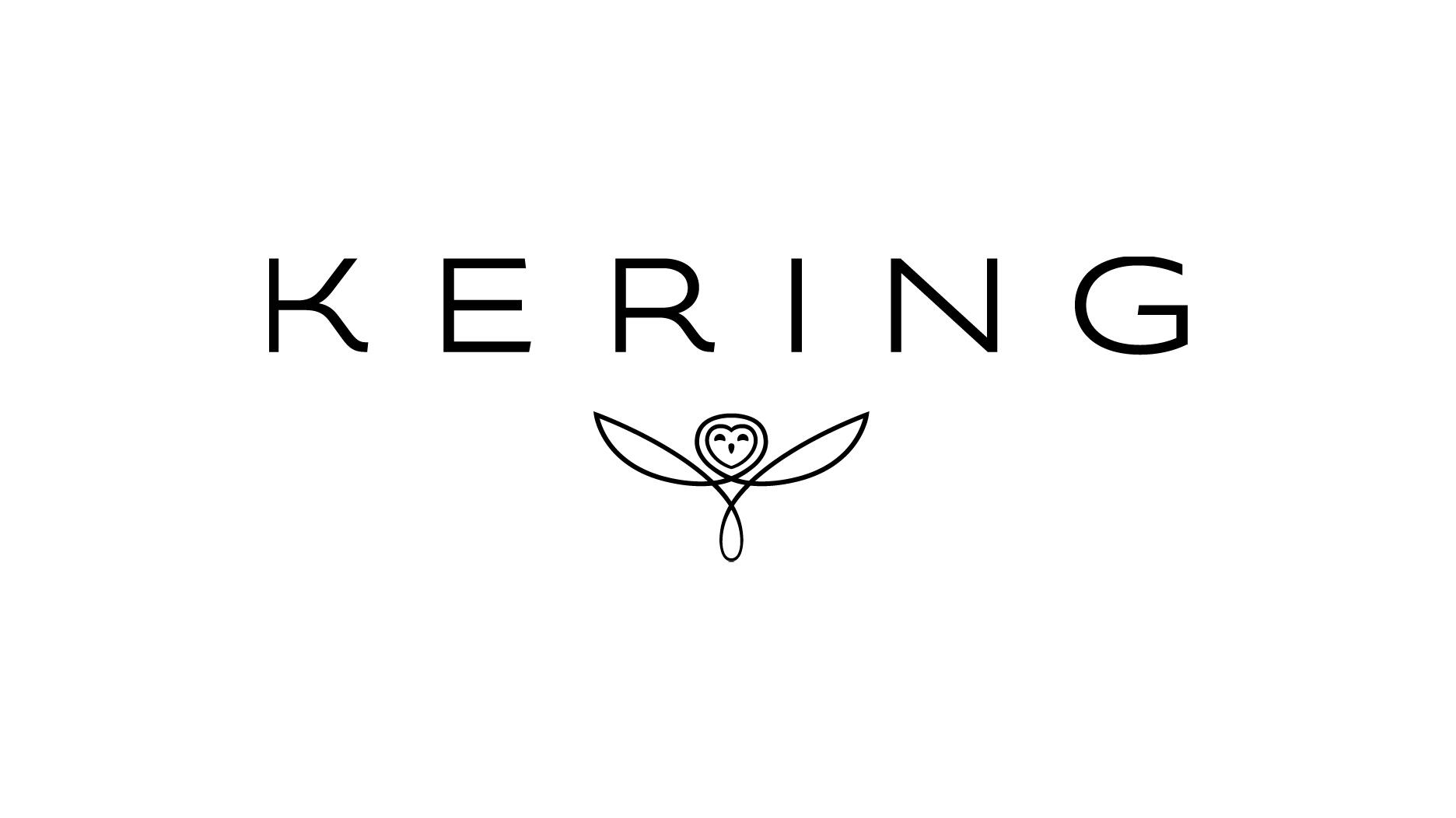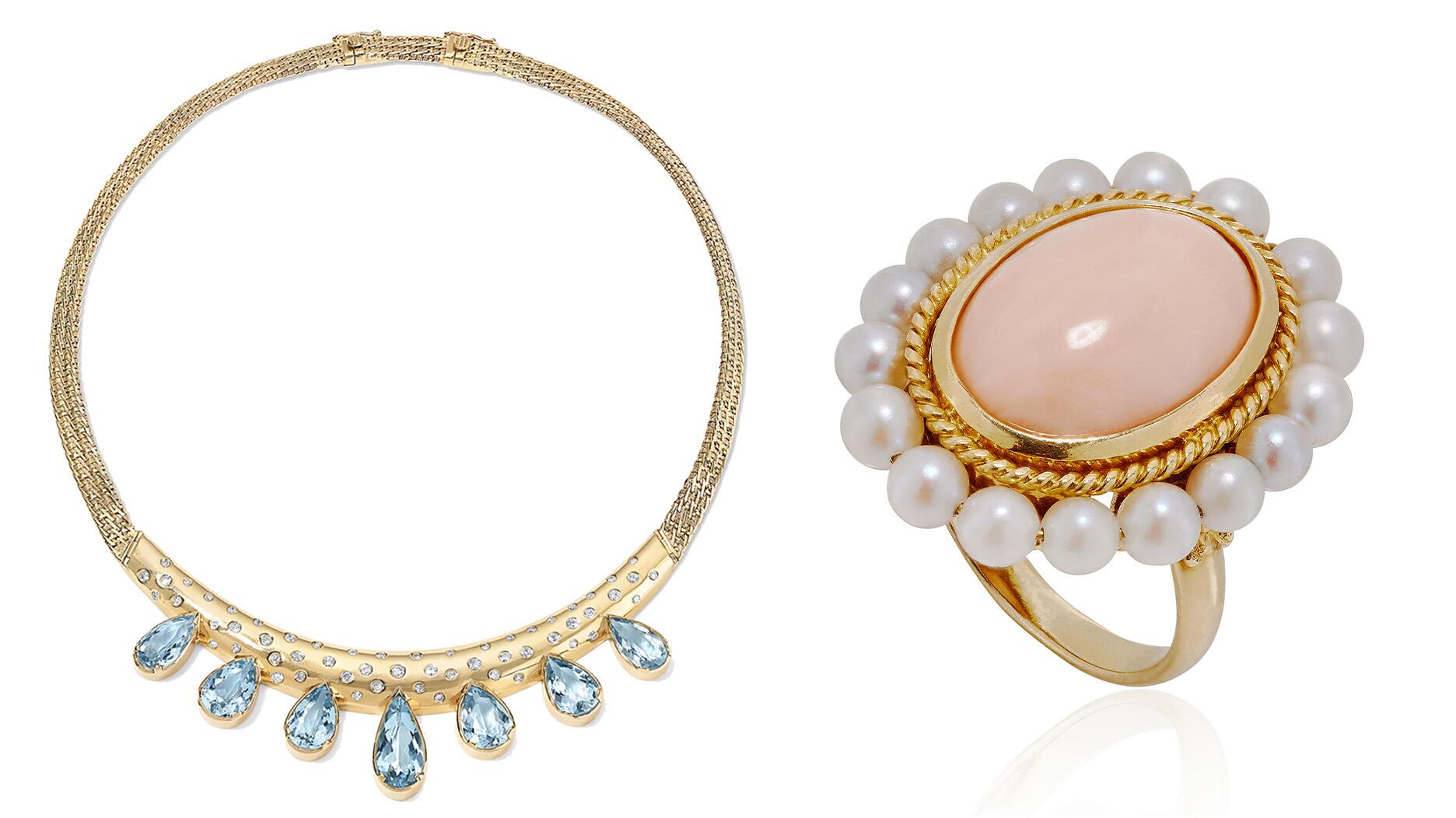U.S. Gold Jewelry Demand Down 6% in Q3
But it was still higher than the five-year average prior to the COVID pandemic, the World Gold Council said in a recent report.

Demand continued to retreat from last year’s “very healthy COVID-rebound levels,” WGC said—at 30 tons, it was 6 percent lower year-over-year and 20 percent down from the previous quarter.
Spending on things like travel and entertainment has gone back to normal, and as such spending on luxury goods like gold jewelry has declined.
Still, the council noted that Q3 demand “compares relatively well” on a longer-term basis—the average Q3 demand for the five years prior to the pandemic was 27 tons.
Looking ahead, an increasingly challenging economic environment indicates Q4 demand won’t match last year’s very strong final quarter in the U.S., WGC predicted.
Gold jewelry demand on a global scale, meanwhile, recovered to pre-COVID levels, with Q3 demand benefitting from a decrease in gold price.
According to the London Bullion Market Association (LBMA), the per-ounce gold price was down 8 percent during the third quarter in response to the strength of the U.S. dollar as the Federal Reserve hiked interest rates to combat inflation.
On its website, LBMA noted gold started Q3 at $1,795.65 but by Sept. 30 had fallen nearly 7 percent to $1,671.75, falling to a low of $1,618.20 along the way on Sept. 28, a level it hadn’t been at since the COVID shutdowns in early 2020.
Global gold jewelry consumption of 523 tons during Q3 was a 10 percent increase year-over-year and a 14 percent increase compared with the prior quarter.
Demand was also healthy when looking at a long-term comparison, with WGC noting global gold jewelry demand in Q3 exceeded its five-year quarterly average of 501 tons.
Year-to-date demand on a global basis reached 1,454 tons, rising 2 percent over the same period in 2021, which the World Gold Council said in its report signals a “continued normalization of the market” to pre-COVID levels of activity, aided again by the lower gold price in many markets during the quarter.
India led the recovery, with a 17 percent year-over-year growth in demand to 146 tons—its strongest Q3 since 2018, WGC said.
Growth in China was more muted by comparison, increasing 5 percent year-over-year as its sporadic restrictions and lockdowns during the pandemic hampered consumer sentiment.
European gold jewelry demand increased 4 percent year-over-year to reach its highest Q3 total since 2010, with demand supported by low unemployment and continued recovery of tourism, while double-digit gains in demand were “widespread” across the Middle East in Q3.
Consumption was also up across Southeast Asia, in Japan, and in Australia, the last of which increased 71 percent year-over-year to 2 tons, though WGC noted that was being compared with a low base in Q3 2021, when there were still fairly severe COVID-19 restrictions in place.
Meanwhile, the total global Q3 gold supply increased by 1 percent year-over-year as lower recycling offset production growth.
Mine production during the quarter was up to almost 950 tons, just 1 percent below the strongest third quarter seen in 2018.
The Latest

The couple pleaded guilty to concealing at least $127 million in cash transactions at its precious metals businesses.

Consumers shared concerns about prices, inflation, tariffs, trade, and politics in the survey’s write-in response section.

In February 2026, the auction house will move its headquarters to the former Steinway Hall, a neoclassical landmark on Billionaires’ Row.

How Jewelers of America’s 20 Under 40 are leading to ensure a brighter future for the jewelry industry.

The new show will take place Jan. 23-25, 2026.


The former BHP Billiton leader and Gemfields chairman is remembered for his influential leadership throughout his 50-year mining career.

The LVMH-owned brand has partnered with the costume design union to revamp its award for 2026.

Roseco’s 704-page catalog showcases new lab-grown diamonds, findings, tools & more—available in print or interactive digital editions.

In the recent multi-shipment seizure, CBP also found counterfeit Audemars Piguet, Moncler, and Chrome Hearts items.

Helzberg’s Chief Retail Officer Mitch Maggart shared details about its tests of a new store concept rooted in an elevated luxury experience.

Jewelers of America execs and National Jeweler editors discuss tariffs, the sky-high gold price, and the engagement that broke the internet.

The luxury goods company said founder Ippolita Rostagno will remain at the brand’s helm.

Laura Burdese, who joined the Italian luxury brand in 2022, will take on the role in July.

The National Jeweler editors revisit the most noteworthy industry happenings and design trends from 2025.

Need a gift for the cat lover who has everything? Look no further than our latest Piece of the Week.

It purchased the “Grosse Pièce,” an ultra-complicated Audemars Piguet pocket watch from the ‘20s, for a record-breaking price at Sotheby’s.

The lab-grown diamond grower now offers custom engagement and fashion jewelry through its Kira Custom Lab Jewelry service.

Chandler got his start at Michelson Jewelers and has served as DCA president and CEO since 2001. He will retire at the end of the month.

The boutique is slated to open this week inside Terminal 8, offering pre-owned Rolex watches and more to international travelers.

Sponsored by Digital Monitoring Products

The special-edition egg pendant ingested in a New Zealand jewelry store was recovered after a six-day wait.

Associate Editor Natalie Francisco plays favorites with Piece of the Week, selecting a standout piece of jewelry from each month of 2025.

The “Love and Desire” campaign is inspired by the magic that follows when one’s heart leads the way, said the brand.

Two awardees will receive free tuition for an educational course at the Swiss lab, with flights and lodging included.

Berta de Pablos-Barbier will replace Alexander Lacik at the start of January, two months earlier than expected.

Sotheby’s held its first two jewelry sales at the Breuer building last week, and they totaled nearly $44 million.

Winners will receive free registration and lodging for its fourth annual event in Detroit.




























